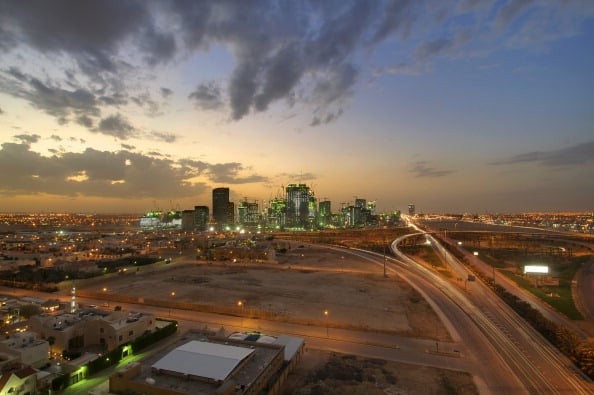Around 10 Million Saudis Stay In Rented Houses
A mixture of issues including the right type and price of housing, in the right locations, is causing a problem in the Kingdom, says report.

Up to 60 per cent of Saudi Arabia’s national population – approximately 10 million Saudis – live in rented accommodation, according to a report by property consultancy CBRE.
High net worth nationals in the country favour land as a long-term investment vehicle, because of which residential land prices are hugely inflated.
“The problem of high land prices hinder the attempts by private sector developers who find themselves largely unable to meet the price requirements of the mid to low-end sectors of society who wish to buy a property,” the report said.
“There is virtually no regulatory framework provided by the government to govern land trading, and the participants typically take little account of the actual economic (or ‘residual’) value of the land when making their investment decisions,” it added.
Also, the Kingdom’s current system of land grants, under which widows and males over 18 are eligible for a residential land plot, complicates the situation.
The municipal and rural affairs ministry has distributed around 2.2 million plots in this way, but there is no data recording how these plots have actually been utilised.
“This process has resulted in large numbers of plots that remain undeveloped because the recipients do not have the financial resources to build out their plots,” said CBRE.
“In order to address this, there are proposals for the government to buy back the lands that they have previously distributed. Of course, if this policy is followed through, the individuals involved will have the money for building a house, but no land plot.”
However, the housing problem in the Kingdom is not one of the aggregate supply, but a mixture of issues concerning the right type and price of housing, in the right locations, with the preferred tenure, said CBRE.
“Large numbers of low-cost housing units have gone unsold, particularly in large-scale masterplanned communities in Southern Riyadh and these were eventually offered for lease after failing to sell. Expectations in terms of unit sizes and prices will also need to be moderated over time, and a secondary trading market needs to be established to enable mobility in the market.
“The lack of experience and regulatory framework in the Saudi market with respect to issues such as freehold and leasehold ownership, service charges and the maintenance of common areas will take some time to resolve, but these issues also make the purchase of primary home apartments deeply unattractive to most buyers,” CBRE added.
Meanwhile, the report also found that while lease rates were sharply rising in some areas of Riyadh and Jeddah, other places in both the cities have seen little change in rents during 2012.
In Riyadh, rents have risen by between one per cent and 14 per cent for villas and between three and 10 per cent for apartments. In Jeddah, rents in the eastern parts of the city have increased only around one per cent for both types of accommodation, while lease rates in the western areas have grown 20 per cent for apartments and six per cent for villas.
